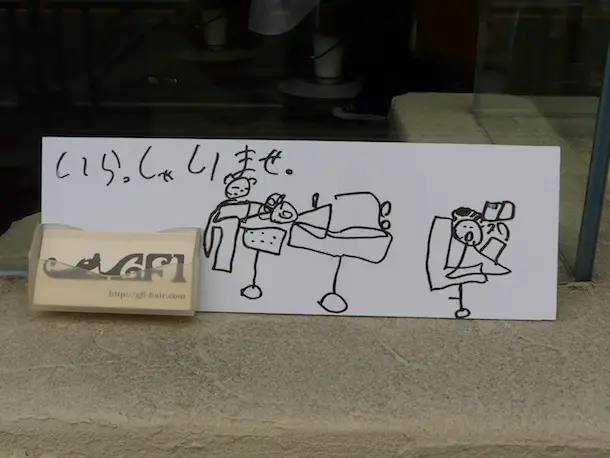About fourteen years ago, Bogotá was seen as the world-famous capital of narcotraffic and guerrillas. Foreigners used to see the city as one the most dangerous places to travel and live in Latin America. Despite our high quality coffee, marihuana and cocaine also represented some of our traditional products of exportation.
In 1998, Bogotá elected Enrique Peñalosa as Mayor, a man whose obsession with rebuilding urban landscapes led him to introduce a comprehensive policy of mobility that comprises the recuperation of thousands of square meters of public spaces; the implementation of an above ground mass transportation system operated by high capacity buses along dedicated lanes, better known today as TransMilenio; and hundreds of kilometers of segregated bicycle tracks, among other things.
However, by that time, Bogotá was already a pioneer in the development of sustainable cities, launching the car-free Sundays event Ciclovia. Yet despite this initial success, there is no doubt that additional mobility improvements during Peñalosa’s tenure meant Bogotá’s image began to improve the world over. Cities from across the globe are now taking Bogotá as an example of global transportation best practices. Politicians and technocrats from at least 200 cities have visited Bogotá since 2005 to get an in depth look at its sustainable transportation initiatives. From bicycles to BRT (Bus Rapid Transit) systems, Bogotá has served as a worthy and inspiring case study for cities like New York, Johannesburg, Cape Town, Jakarta and Guangzhou.
In 2008, for instance, the city of New York replicated Ciclovia, giving thousands of New Yorkers more access to places to walk, bike, and play. During three consecutive Saturdays, Summer Streets, as New York branded it, created a 6.9 mile car free route connecting Brooklyn Bridge to Central Park. This would have not been possible if New York City Commissioner of Transport, Jannet Sadi-Khan, hadn’t visited Bogota to see with her own eyes the 120 kilometers network of main roads and avenues that every Sunday and holiday are shut to traffic and gather over 1 million visitors.
Later, in 2010, the city of Guangzhou, China, opened its 22.5 kilometer Bus Rapid Transit corridor with the main purpose of cutting congestion on one of the city´s busiest roads, Zhongshan Avenue, and to improve the efficiency of the city’s bus system. Again, this would have not been possible without delegations of both high level policy makers and transit technicians visiting Bogotá.
Bogotá is internationally recognized today as home of the sleek, red articulated buses as well as the city that has the most extensive bicycle track network after China. These sustainable transportation advancements have also spurred further exchange of knowledge between countries and cities of every part of the globe but, above all, have awoken both the city and citizen’s sense of belonging.
Andrés Jara-Moreno is a Political scientist specializing in international relations and conflict resolution.
Photo: ITDP


